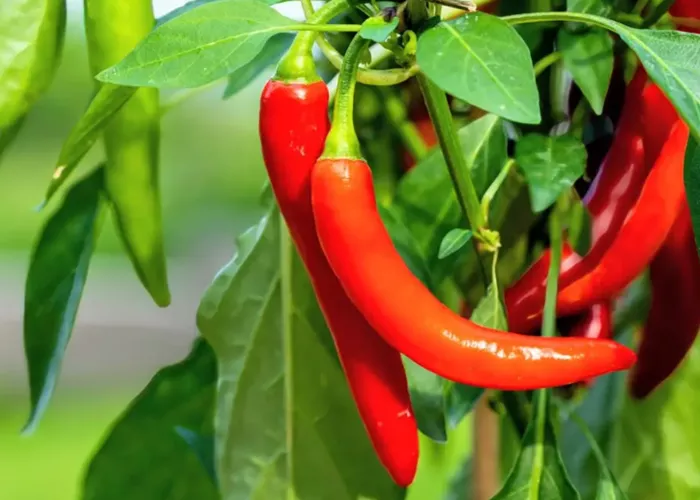Plants, like humans, face constant threats from harmful pathogens that can weaken or even kill them. To defend against these threats, plants rely on “defense genes” that help protect them. However, the more energy they invest in these defense systems, the less they can allocate to growth, creating a delicate balance.
A recent study led by Michael Giolai, a postdoctoral researcher, and Professor Anna-Liisa Laine from the University of Helsinki explored how plants balance their defense and growth. The research focused on 184 plant species and used open-access databases to analyze the relationship between defense genes and plant growth.
The study found a clear link between a plant’s investment in defense and its growth capacity. Plants that invested more resources in defense had less energy available for growth. For example, the team discovered that plants like asparagus had only 72 defense genes, while chili peppers had as many as 1,095. However, in general, the more of a plant’s genome dedicated to defense, the less it was able to grow.
The Defense-Growth Trade-off
Plants have a limited supply of resources, such as energy and nutrients. When they use more of these resources to fight off pathogens, they have less available to fuel growth. The researchers found that plants cannot simply expand their resource pool to do both; they face inherent limitations in how they allocate resources.
Interestingly, the study revealed that cultivated plants—those bred by humans for agriculture—did not show the same trade-off between defense and growth. The researchers believe this may be due to the breeding process, which has reduced genetic diversity in these crops.
A Bigger Picture for Biodiversity
The study offers important insights into how plants have evolved and adapted to their environments. It shows how the trade-offs in resource allocation shape the diversity of plant species in nature.
Some plants, particularly those in harsh or unpredictable environments, have developed complex strategies to balance defense and growth. These plants use “inducible defense” strategies, meaning they activate their defense genes only when needed, conserving resources when conditions are favorable for growth.
This flexibility in plant defense strategies is a result of natural selection, which fine-tunes plants to their specific environments.
Implications for Agriculture
The findings have important implications for agriculture. Understanding the relationship between plant defense and growth can help scientists breed crops that are both resistant to pathogens and capable of high yields.
Giolai and Laine suggest that future research, using large-scale open-access databases, can deepen our understanding of these genetic trade-offs. They also call for an interdisciplinary approach that combines genomics, ecology, and evolutionary biology to better understand how plants adapt to their environments.
Such research could help develop sustainable agricultural practices and improve global food security in the face of climate change.
The Role of Open Science
The study highlights the importance of open science. Sequencing plant genomes and collecting growth data on such a large scale would be impossible for a single research team. Open access to data is allowing scientists to investigate plant species in new and more detailed ways.
“As more data becomes available, we can explore these questions in entirely new ways,” said Professor Laine.
Related topics:
- Police Seize Over 8,000 Cannabis Plants in Fairfield Raids, Shut Down 8 Grow Houses
- Slugs Will Flee Your Plants Instantly with This One Natural Ingredient
- Warning: ‘Toxic’ Plant Found in Australia Can Be Dangerous


